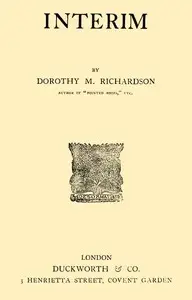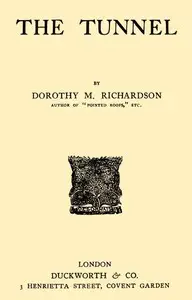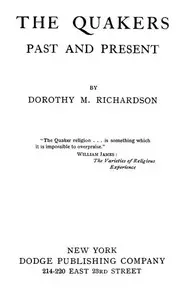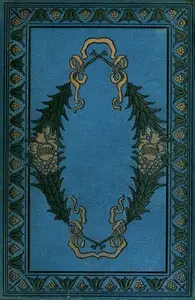"Deadlock: Pilgrimage, Volume 6" by Dorothy M. (Dorothy Miller) Richardson immerses readers in the life of Miriam, a thoughtful young woman living in a boarding house, as she grapples with her sense of self amidst the everyday interactions and quiet moments that make up her world. The story unfolds through Miriam's inner thoughts and her relationships with others, such as Mrs. Bailey and Mr. Gunner, revealing her desires for connection alongside her feelings of isolation and the challenges of finding her place. The author uses a stream-of-consciousness style to explore Miriam's complex emotions, her evolving identity, and the social currents that shape her perceptions, capturing the essence of belonging and the search for personal meaning within the ordinary.
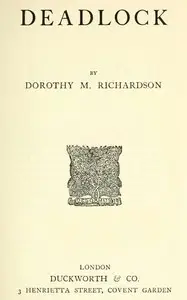
Deadlock: Pilgrimage, Volume 6
By Dorothy M. (Dorothy Miller) Richardson
In a world of boarding houses and daily routines, a young woman struggles to reconcile her inner longings with the realities of her external life, as she navigates relationships and seeks self-discovery.
Summary
About the AuthorDorothy Miller Richardson was a British author and journalist. Author of Pilgrimage, a sequence of 13 semi-autobiographical novels published between 1915 and 1967—though Richardson saw them as chapters of one work—she was one of the earliest modernist novelists to use stream of consciousness as a narrative technique. Richardson also emphasises in Pilgrimage the importance and distinct nature of female experiences. The title Pilgrimage alludes not only to "the journey of the artist ... to self-realisation but, more practically, to the discovery of a unique creative form and expression".
Dorothy Miller Richardson was a British author and journalist. Author of Pilgrimage, a sequence of 13 semi-autobiographical novels published between 1915 and 1967—though Richardson saw them as chapters of one work—she was one of the earliest modernist novelists to use stream of consciousness as a narrative technique. Richardson also emphasises in Pilgrimage the importance and distinct nature of female experiences. The title Pilgrimage alludes not only to "the journey of the artist ... to self-realisation but, more practically, to the discovery of a unique creative form and expression".



